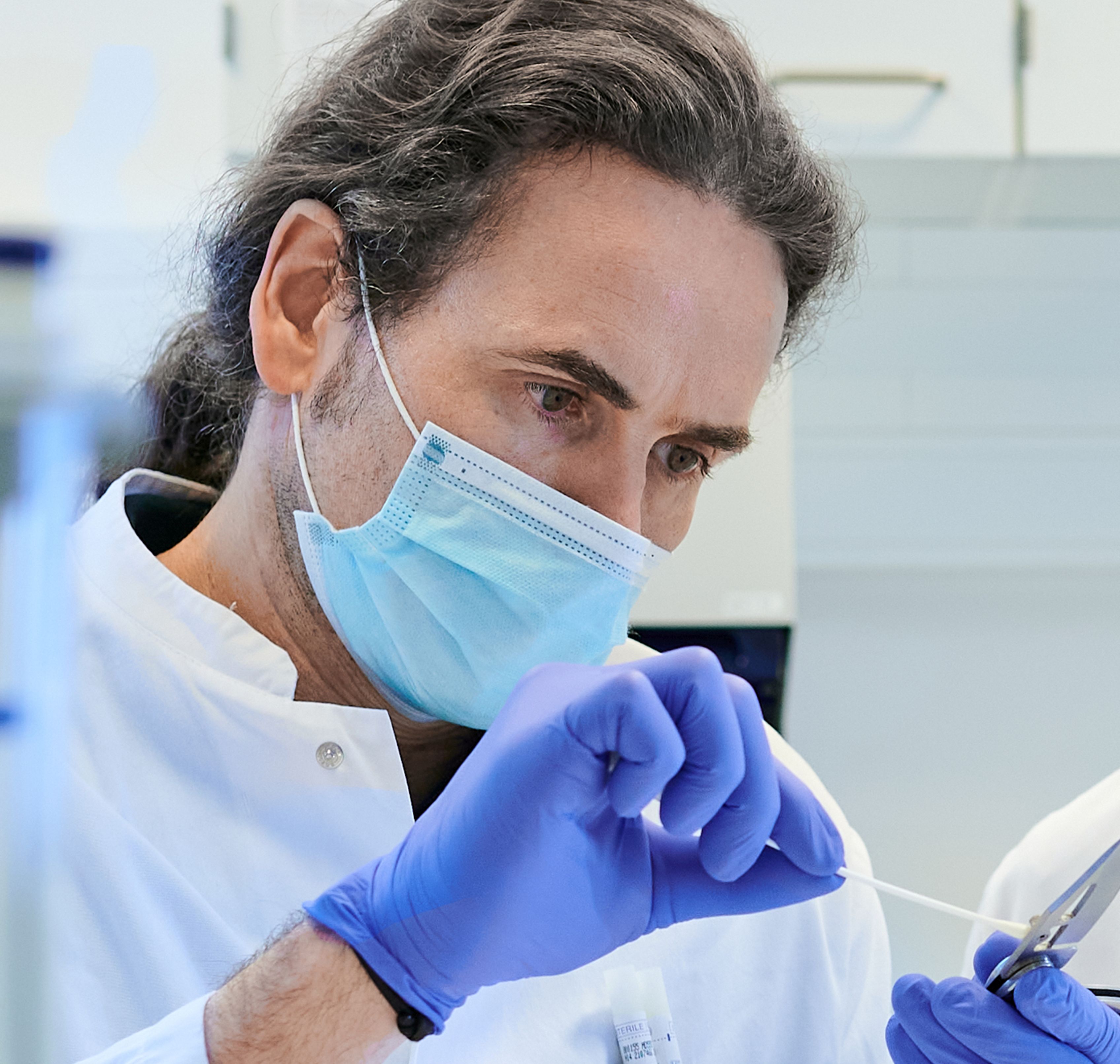Zusammenfassend ist also stark zu bezweifeln, daß LSD die ihm in diversen wiss. Veröffentlichungen aber auch einigen Medienberichten zugeschriebene Toxizität aufweist. Diese Berichte haben eher Verwirrung erzeugt und von den eigentlichen Gründen für den jeweiligen Tod, nämlich Gewahrsamstod bei brutaler Fesselung und/oder die zusätzliche Einnahme anderer, gefährlicherer Drogen, abgelenkt. Es steht zu hoffen, daß das erkannt wird und nicht zu einem Zögern oder Zurückweichen bei den ersten kleinen Schritten führt, mit denen man sich LSD als potentielles potentes Psychotherapeutikum wieder anzunähern begonnen hat.
___
Referenzen:
[1] Nichols, D. E., & Grob, C. S. (2018). Is LSD toxic?. Forensic science international, 284, 141-145.
[2] Cohen, S. (1960). Lysergic acid diethylamide: side effects and complications. J Nerv Ment Dis, 130, 30-40.
[3] Malleson, N. (1971). Acute adverse reactions to LSD in clinical and experimental use in the United Kingdom. The British Journal of Psychiatry, 118(543), 229-230.
[4] Strassman, R. J. (1984). Adverse reactions to psychedelic drugs. A review of the literature. J Nerv Ment Dis, 172(10), 577-595.
[5] Hendricks, P. S., Thorne, C. B., Clark, C. B., Coombs, D. W., & Johnson, M. W. (2015). Classic psychedelic use is associated with reduced psychological distress and suicidality in the United States adult population. Journal of Psychopharmacology, 29(3), 280-288.
[6] Cohen, S. (1967). Psychotomimetic agents. Annual review of pharmacology, 7(1), 301-318.
[7] Jaffe, J. H. (1985). Drug addiction and drugs abuse. The pharmacological basis of therapeutics, 532-581.
[8] Griggs, E. A., & Ward, M. (1977). LSD toxicity: a suspected cause of death. The Journal of the Kentucky Medical Association, 75(4), 172.
[9] Cina, S. J., & Davis, G. J. (2010). Cardiac dysrhythmia during restraint. The American jounal of forensic medicine and pathology, 31(4), e4.
[10] Dolder, P. C., Schmid, Y., Haschke, M., Rentsch, K. M., & Liechti, M. E. (2015). Pharmacokinetics and concentration-effect relationship of oral LSD in humans. International Journal of Neuropsychopharmacology, 19(1), pyv072.
[11] Wilke, N., & Grassberger, M. (2013). Medizinische Aspekte polizeilicher Zwangsmaßnahmen. In Klinisch-forensische Medizin (pp. 439-455). Springer, Vienna.
[12] Vilke, G. M., DeBard, M. L., Chan, T. C., Ho, J. D., Dawes, D. M., Hall, C., … & McMullen, M. J. (2012). Excited delirium syndrome (ExDS): defining based on a review of the literature. The Journal of emergency medicine, 43(5), 897-905.
[13] Vilke, G. M., Payne-James, J., & Karch, S. B. (2012). Excited delirium syndrome (ExDS): redefining an old diagnosis. Journal of forensic and legal medicine, 19(1), 7-11.
[14] Hall, C., Votova, K., Heyd, C., Walker, M., MacDonald, S., Eramian, D., & Vilke, G. M. (2015). Restraint in police use of force events: examining sudden in custody death for prone and not-prone positions. Journal of forensic and legal medicine, 31, 29-35.
___
Quelle Titelbild: Von Jü – Eigenes Werk, Gemeinfrei, https://commons.wikimedia.org/w/index.php?curid=11495905




Kommentare (41)